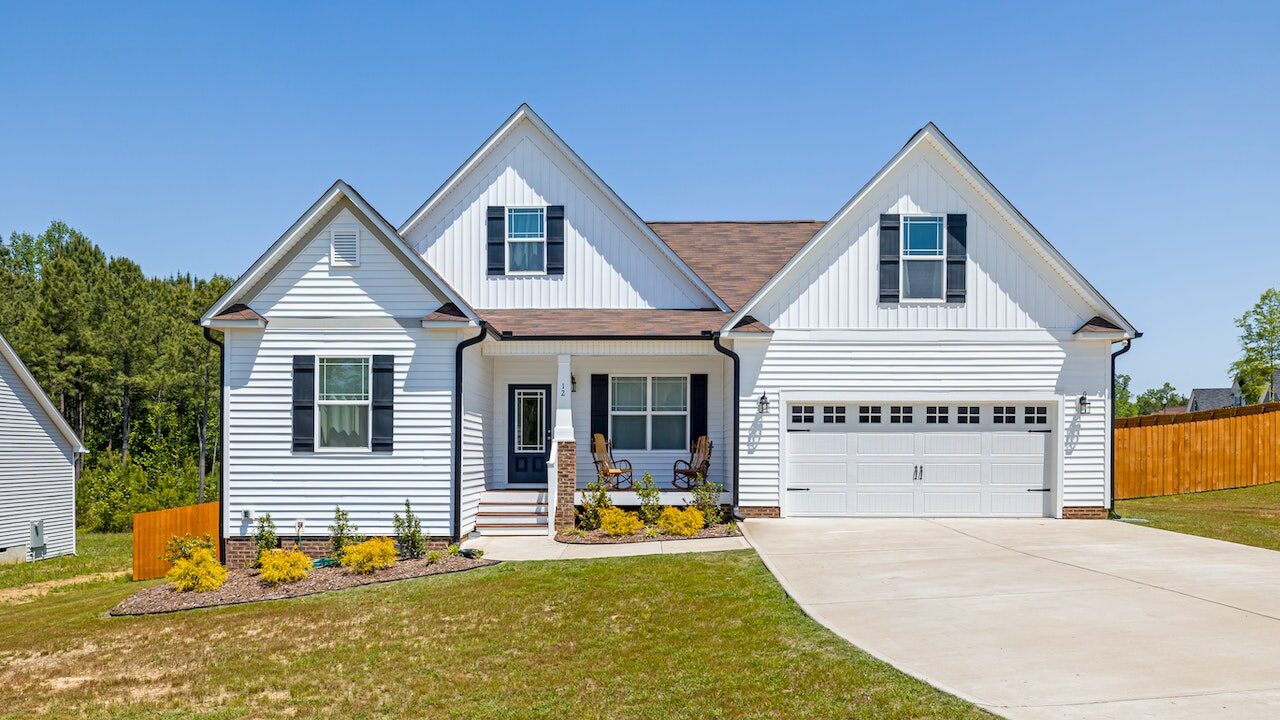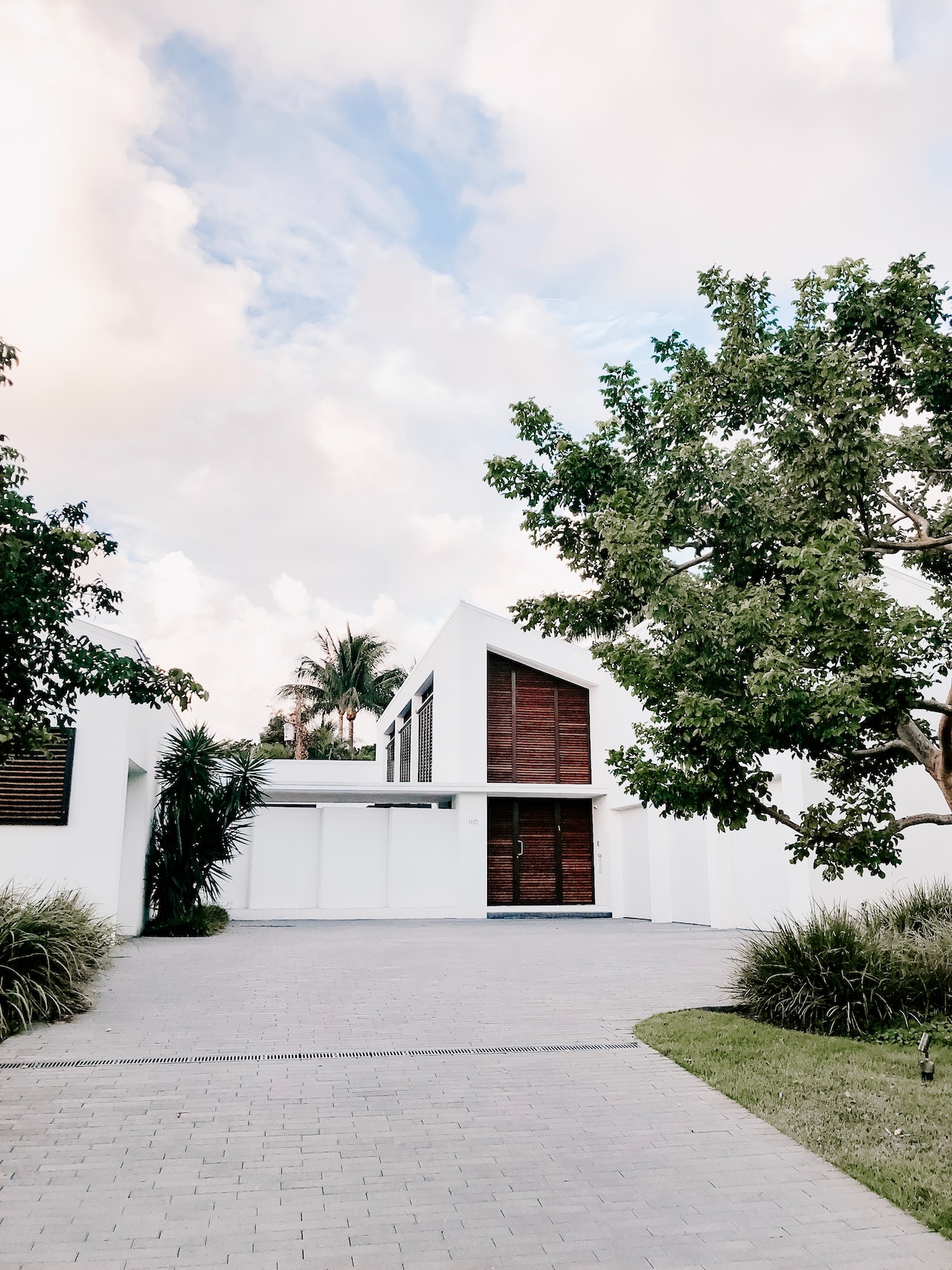What is a sustainable home design?
Designing a sustainable home is not just about creating a beautiful living space; it’s about minimizing our environmental impact and embracing a greener future. Leverage the power of sustainable home design to create a harmonious living space that nurtures both your well-being and the environment. From the location and size of your home to the materials used and energy-saving technologies implemented, every decision contributes to a more sustainable lifestyle. In this blog post, we will explore essential elements of sustainable home design, including location, size, orientation, layout, materials, energy efficiency, water conservation, and personalization.

How can I make my house sustainable?
By implementing several procedures and improvements that lessen your home’s negative effects on the environment and advance energy efficiency, you may make it more sustainable. Consider investing in sustainable energy sources, such as solar panels or wind turbines, after first analyzing your energy usage. To limit heat loss and the need for excessive heating or cooling, improve insulation. Additionally, adopt sustainable habits such as reducing consumption, reusing items, and embracing a minimalist approach to household items. By combining these strategies, you can transform your house into a sustainable living space, contributing to a greener future.
What are the 7 principles of sustainable construction?
The 7 principles of sustainable construction are as follow.
- Optimize site potential
- Use energy efficiently
- Conserve water
- Choose environmentally preferable products
- Enhance indoor environmental quality
- Optimize operational and maintenance practices
- Promote sustainable and socially responsible practices.
Top 21 Sustainable Home design ideas
Location
It’s critical to pick the ideal site for your sustainable home. A location that minimizes the need for excessive travel, has simple access to public transit, and is close to facilities is what you should be looking for. By choosing a walkable area, you can live more sustainably and lessen your carbon footprint.
Size
Create a space in your home that meets your needs without adding more. A smaller home encourages careful consumption because it uses less resources during construction and maintenance. To design a practical and effective living area, carefully examine your space needs.
Orientation
By adjusting the direction of your home, you may maximize the use of natural light while reducing energy use. Consider installing large windows that face south (in the northern hemisphere) to take advantage of natural illumination and cut your energy expenditures.
Layout
A thoughtful layout improves your home’s usability and flow. Take into account an open concept layout that encourages natural airflow and enables flexible use of space. Layouts that are effectively designed minimize energy use and produce cosy living spaces.
Local Materials
Sustainable home design promotes a greener and healthier environment. When building your home, use materials that are locally sourced. Utilizing locally produced products lowers transportation emissions and boosts the neighborhood economy. Choose resources like locally produced goods or timber that has been responsibly sourced to help lessen your carbon impact.
Recycled Materials
Sustainable home design harmonizes beauty, functionality, and environmental responsibility. Design your home with recycled materials in mind. Recycled materials like glass, wood, and bricks provide character while lowering waste and the environmental impact. Invest in a circular economy by giving these materials a second chance at life.
Insulation
To reduce heat transmission and increase energy efficiency, spend money on high-quality insulation. When your home is properly insulated, you won’t require as much heating or cooling and you’ll use less energy overall.
Air Sealing
In order to avoid air leaks, make sure your home is properly sealed. Reduced draughts, improved indoor air quality, and increased energy efficiency are all benefits of sealing gaps and cracks. Additionally, it reduces the amount of bugs, allergens, and pollutants that enter your home.
Windows & Doors Selection
Select windows and doors that are well insulated and energy efficient. To reduce heat transmission and enhance thermal performance, look for goods with Energy Star ratings. These decisions help create a more comfortable living environment and use less energy.
Sustainable Materials
Choose environmentally friendly building materials for your entire house, such as bamboo flooring, recycled metal roofing, or insulation made of natural fibers. These materials support better indoor air quality, are renewable, and have a smaller negative environmental impact.
Energy Star Appliances
Install energy-efficient appliances that don’t sacrifice performance and are Energy Star certified in your home. Appliances that utilize less energy also result in cheaper power costs and a reduction in greenhouse gas emissions.
LED Lighting
LED lighting is more energy-efficient than conventional incandescent lighting. they contribute to energy savings and lessen environmental impact since they consume less electricity, last longer, and produce less heat.
Water Conserving Fixtures
Install water-saving appliances like low-flow faucets, shower heads, and toilets. These fixtures conserve water and ease the burden on regional water resources without sacrificing performance.
Efficient HVAC
Invest in a heating, ventilation, and air conditioning (HVAC) system that is energy-efficient. Choose a system that is appropriately scaled for your home’s requirements. Your HVAC system will operate at peak efficiency and with minimal energy waste if it receives regular maintenance and is properly insulated.
Recycle Your Energy
To increase efficiency, look into technologies that recycle energy. Think about putting in heat recovery ventilators or geothermal heat pumps that can collect and reuse squandered heat or cooling, lowering energy demands and enhancing your home’s overall energy efficiency.
Rainwater Collection
Install a rainwater collecting system to collect and recycle rainwater for various uses, such as washing the outside of buildings or flushing toilets. This environmentally friendly method conserves water and eases the burden on nearby water supplies.
Renewable Energy
Use renewable energy resources to your advantage to produce clean electricity for your house. To lessen your dependency on fossil fuels, minimize carbon emissions, and perhaps even lower your long-term energy bills, think about installing solar or wind power.
Solar Hot Water
Install a solar hot water system to use solar energy to warm your water. By capturing sunlight and converting it to heat, these systems offer an environmentally responsible substitute for traditional water heating techniques. Energy use and utility expenses can be considerably decreased with solar hot water systems.
Intelligent Planting
Plant trees, shrubs, and other vegetation in strategic locations all around your home to act as windbreaks in the winter and as shade in the summer. In addition to improving your home’s beauty, intelligent planting increases energy efficiency by lowering the need for excessive heating and cooling.
Build To Last
Consider durability when designing your home. Utilize long-lasting building methods and high-quality materials. Building a home to last reduces the need for frequent repairs, renovations, and waste generation, promoting sustainability throughout its lifecycle.
Build Something You Love
While sustainability is crucial, don’t forget to incorporate your individual preferences and style into your home’s design. A home you love to live in gives you a sense of community and fulfillment, which motivates you to keep it up and take advantage of it for many years to come.
Conclusion
In addition to enjoying the advantages of energy efficiency, water conservation, and a healthier living environment, building a sustainable house is a fulfilling process. You may create a home that adheres to your beliefs and lessens your ecological footprint by including sustainable components like local and recycled materials, energy-efficient appliances, water-saving fixtures, and renewable energy systems.





Buy a Home in Bali and Live Your Dream
Beautiful Bali Villas: Choose Your Dream Home Today
Find the perfect villa in Bali
Start your Dream Home in Bali Villas for Sale
Get Ready to Enjoy the Beauty of Bali
Hello. And Bye.
Keep abreast of the Latest Artificial Intelligence Developments
A Revolutionary Approach
Future of AI: From Robotics to Autonomous Cars
very helpful thank you for the valuable suggestions ….
I truly appreciate your technique of writing a blog. I added it to my bookmark site list and will
Excellent blog here Also your website loads up very fast What web host are you using Can I get your affiliate link to your host I wish my web site loaded up as quickly as yours lol
This was beautiful Admin. Thank you for your reflections.